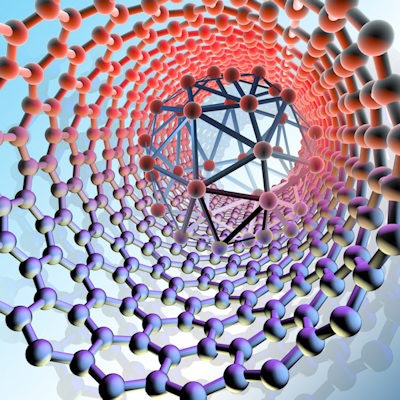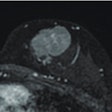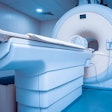
Power-saving measures can reduce the carbon emissions caused by MRI -- one of imaging's most energy-intensive modalities -- by more than a third, a study published April 25 in Radiology suggests.
Although strategies such as setting MRI scanners to power-saving mode are simple, they could make a dramatic difference, wrote a team led by Dr. Sean Woolen of the University of California, San Francisco.
"Radiology is a major contributor to health care's climate footprint due to energy-intensive devices, particularly MRI which uses the most energy," the group wrote. "Powering down MRIs can make radiology departments more energy-efficient and gain substantial sustainability and cost benefits."
The world is in an energy crisis, the investigators noted, and "all sectors must recognize the need for creative, effective, and sustainable energy solutions." Healthcare accounts for 4.4% of global carbon emissions, with the U.S., China, and the European Union contributing more than half of this (the U.S. accounts for 27%). Radiology plays a big role.
"In the healthcare sector, radiology is an outsized consumer of energy due to its utilization of high energy-consuming devices," the researchers explained.
Woolen's team sought to assess the energy, cost, and carbon savings that could be achieved through different MRI scanner management approaches. The group evaluated power measurement logs from four outpatient MRI scanners fitted with power meters (with 1 Hertz sampling rates) and found that the projected annual energy consumption of the scanners ranged from 82.7 megawatt-hours (MWh) to 171.1 MWh. Of those megawatt-hours, 72% to 91% consisted of nonproductive energy. (For context, the average U.S. household uses about 10 MWh to 11 MWh per year.)
But setting the scanners from idle to off for 12 hours overnight reduced energy consumption to 12.3 MWh to 21 MWh -- a reduction of 25% to 33%, the team found. Setting the scanners to power-save mode overnight could save the U.S. healthcare enterprise up to $10.7 million per year (mean cost estimated at $0.14 per kilowatt hour), up to 76,288 MWh, and up to 54,088 metric tons of carbon dioxide (CO2).
"Since MRI scanners take time to start up and shut down, many sites prefer to leave scanners in idle mode, which draws more energy than off or power-save modes," the team wrote.
| Comparison of MRI power modes by kilowatts | |
| Mode | kW |
| Power-save | 6.4 |
| Off | 7.3 to 9.7 |
| Prepared to scan | 17.3 to 25.6 |
| Scan | 28.6 to 11.8 |
"Our data details how ... strategic changes to routine MRI operations by health care systems can reduce costs and impact environmental sustainability," the researchers concluded. "These results should help radiologists, health care administrators, and corporate partners understand the benefits of energy-efficient MRI operations."
The study offers a simple way to conserve energy, wrote Dr. Jan Vosshenrich and Dr. Tobias Heye, both of University Hospital Basel in Switzerland, in an accompanying commentary.
"While it is often considered a complex task to tackle our energy consumption, the first steps toward a more sustainable and energy-efficient operation may be as simple as taking a closer look at how we operate our imaging equipment," the two noted.



.fFmgij6Hin.png?auto=compress%2Cformat&fit=crop&h=100&q=70&w=100)





.fFmgij6Hin.png?auto=compress%2Cformat&fit=crop&h=167&q=70&w=250)











